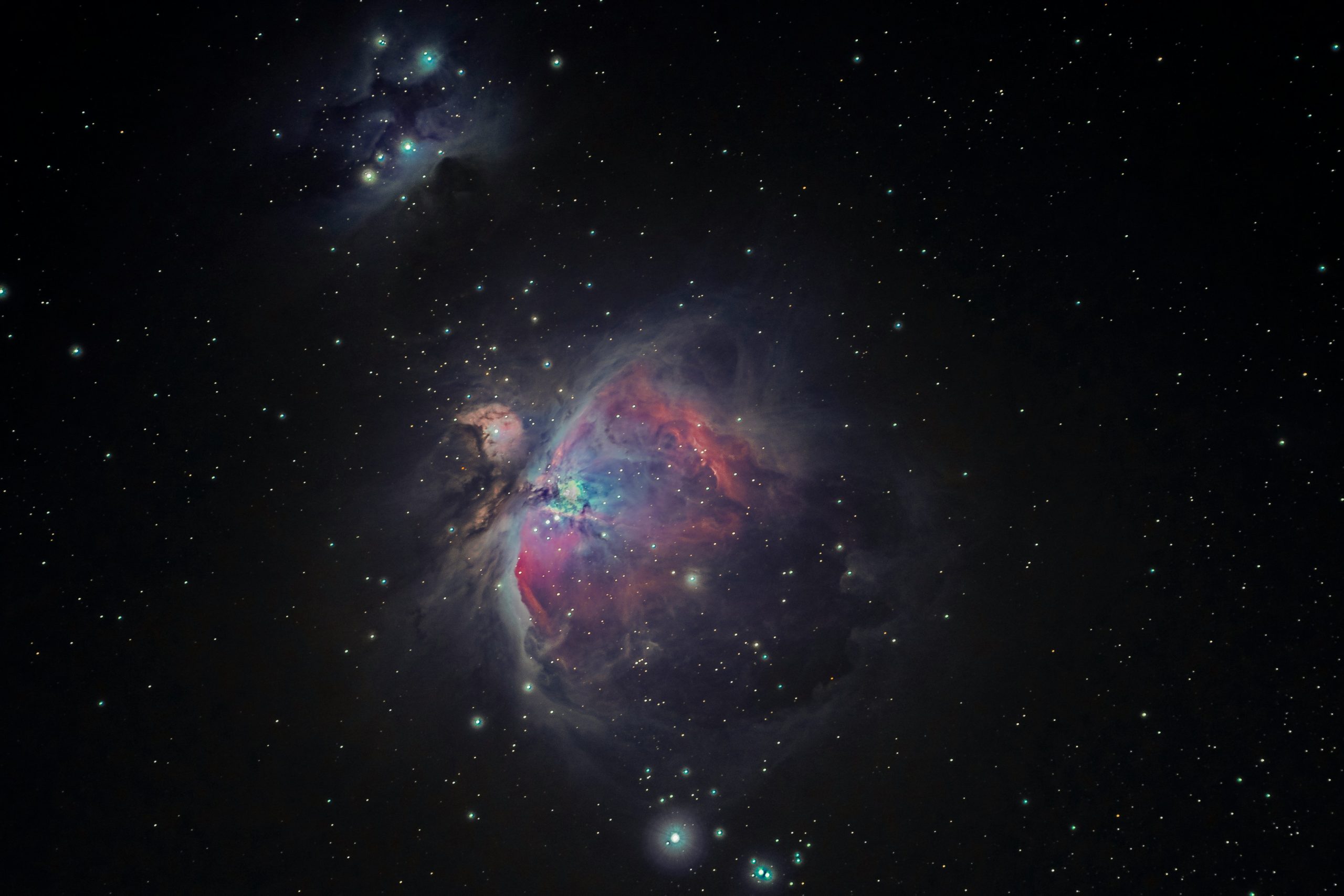Kamadeva: God of Love and Desire

Looking for more amazing products? Check out our online store and explore our collection here! Happy shopping!
Before diving in, please note: This post is for informational purposes only. If you’d like to know more about how we approach topics, feel free to check out our friendly Disclaimer Page.
Hey there, amazing readers! 
We’re committed to delivering quality posts, and your support (even just sticking around despite the ads) means everything to us. So, bear with us, and thanks for helping us keep the good vibes rolling. Now, on to the fun stuff!
TRANSLATE BUTTON AT THE END OF THE ARTICLE
A Quick Overview
Kamadeva, also known as Manmatha or Madana, is the Hindu god of love, desire, and attraction.
He is often depicted as a handsome young man wielding a bow and arrow, with his bow made of sugarcane and his arrows adorned with flowers.
Kamadeva plays a significant role in Hindu mythology and scriptures, where he is responsible for creating romantic and passionate feelings among gods and humans alike.
His story is filled with intrigue, symbolism, and deep cultural significance that continues to influence Indian society to this day.
Origin and Mythology of Kamadeva
Kamadeva’s origins can be traced back to the Vedic texts, where he is mentioned as the god of desire and the son of the creator deity, Brahma.
In later Hindu mythology, Kamadeva is believed to have been created from the mind of Brahma to awaken love and desire in the hearts of beings.
According to legend, Kamadeva once disrupted the meditation of Lord Shiva, leading to Shiva opening his third eye and reducing Kamadeva to ashes.
However, due to the pleas of the gods and his wife Rati, Shiva later resurrected Kamadeva in a non-physical form.
Kamadeva in Hindu Scriptures
Kamadeva is prominently featured in various Hindu scriptures, such as the Vedas, Puranas, and Epics.
In the Rigveda, he is praised for his ability to inspire passion and longing in the hearts of lovers.
The Puranas describe Kamadeva’s role in creating love between gods and mortals, including his own romantic escapades with his consort Rati.
In the Ramayana, Kamadeva is called upon to disrupt the meditation of the demon king Ravana, leading to the eventual downfall of Ravana at the hands of Lord Rama.
Depiction and Symbolism of Kamadeva
Kamadeva is typically depicted as a youthful and handsome deity, often adorned with flowers and surrounded by celestial beings.
He is portrayed holding a bow made of sugarcane, representing the sweetness of love, and arrows tipped with flowers, symbolizing the power of attraction.
Kamadeva’s mount, the parrot, is also a symbol of love and romance in Hindu mythology.
His physical appearance and attributes reflect his role as the god of love and desire.
Consort of Kamadeva: Rati
Rati, also known as Rati Devi, is the consort of Kamadeva and the personification of divine feminine beauty and love.
Together, Kamadeva and Rati symbolize the eternal bond between desire and fulfillment.
Rati is often depicted as a beautiful goddess who accompanies Kamadeva in his exploits, inspiring passion and affection in the hearts of lovers.
She serves as a counterpart to Kamadeva, embodying the nurturing and all-encompassing aspects of love.
Kamadeva’s Role in Hinduism
Kamadeva plays a crucial role in Hinduism as the deity responsible for igniting the flames of passion and desire in the hearts of beings.
His presence is believed to be essential for the perpetuation of life and the continuation of the cycle of creation.
Kamadeva is revered for his ability to inspire love, attraction, and procreation, making him a pivotal figure in Hindu cosmology and mythology.
Celebrating Kamadeva: Festivals and Rituals
In India, Kamadeva is celebrated during the festival of Vasant Panchami, which marks the arrival of spring and the season of love.
Devotees offer prayers and offerings to Kamadeva and Rati, seeking their blessings for happiness and fulfillment in relationships.
Rituals may include lighting lamps, reciting prayers, and performing acts of devotion to honor the god of love and desire.
The festival is a joyous occasion filled with music, dance, and festivities.
Kamadeva’s Influence on Indian Culture
Kamadeva’s influence can be seen in various aspects of Indian culture, including art, literature, music, and dance.
His stories and symbolism have inspired countless works of poetry, sculpture, and painting throughout history.
Kamadeva’s presence in Indian mythology has shaped the cultural understanding of love, desire, and romance, influencing societal norms and traditions surrounding relationships and marriage.
His legacy continues to be celebrated and revered in modern Indian society.
Kamadeva in Art and Literature
Kamadeva is a popular subject in Indian art and literature, where he is often depicted in various forms and mediums.
Paintings, sculptures, and murals featuring Kamadeva and Rati can be found in temples, palaces, and museums across India.
His stories are also retold in ancient texts such as the Kama Sutra, a treatise on love and desire, and the Kalidasa’s works, where Kamadeva’s exploits are celebrated in poetic form.
Artists and writers continue to draw inspiration from Kamadeva’s mythology, creating new interpretations of his character in contemporary works.
Kamadeva’s Transformation in Modern Times
In modern times, Kamadeva’s image and significance have evolved to reflect changing attitudes towards love and relationships.
While still revered as the god of love and desire, Kamadeva is also seen as a symbol of romantic idealism and emotional fulfillment.
His stories are often reinterpreted in films, television shows, and popular culture, catering to a modern audience seeking entertainment and escapism.
Kamadeva’s influence can be seen in the portrayal of love and romance in Indian media and entertainment, where his character continues to captivate audiences with his charm and allure.
Worship and Devotion to Kamadeva
Devotees of Kamadeva often worship him with offerings of flowers, incense, and sweets, seeking his blessings for success in matters of the heart.
Special prayers and mantras are recited to invoke Kamadeva’s presence and seek his guidance in matters of love and relationships.
Some temples dedicated to Kamadeva and Rati exist in India, where devotees gather to pay their respects and seek divine intervention in their romantic endeavors.
Worship of Kamadeva is believed to bring harmony, passion, and fulfillment in one’s personal and emotional life.
Kamadeva’s Legacy and Significance
Kamadeva’s legacy as the god of love and desire continues to hold significance in Hindu culture and spirituality.
His presence in mythology serves as a reminder of the power of love to transcend boundaries and unite souls.
Kamadeva’s stories inspire individuals to embrace their emotions, follow their hearts, and seek connection with others.
As a symbol of passion and attraction, Kamadeva embodies the eternal quest for love and fulfillment that resonates with people of all ages and backgrounds.
His legacy endures as a timeless reminder of the enduring power of love in the world.
Conclusion
Kamadeva, the god of love and desire, holds a special place in Hindu mythology and culture.
His stories, symbolism, and significance continue to inspire devotees and artists alike, shaping the cultural understanding of love, romance, and relationships in Indian society.
Through his role in igniting the flames of passion and desire, Kamadeva symbolizes the eternal quest for connection and fulfillment that defines the human experience.
As a revered deity and a beloved figure in Hindu cosmology, Kamadeva’s legacy endures as a timeless reminder of the power of love to unite hearts and souls in a bond that transcends time and space.

The Enlightenment Journey is a remarkable collection of writings authored by a distinguished group of experts in the fields of spirituality, new age, and esoteric knowledge.
This anthology features a diverse assembly of well-experienced authors who bring their profound insights and credible perspectives to the forefront.
Each contributor possesses a wealth of knowledge and wisdom, making them authorities in their respective domains.
Together, they offer readers a transformative journey into the realms of spiritual growth, self-discovery, and esoteric enlightenment.
The Enlightenment Journey is a testament to the collective expertise of these luminaries, providing readers with a rich tapestry of ideas and information to illuminate their spiritual path.
Our Diverse Expertise
While our primary focus is on spirituality and esotericism, we are equally passionate about exploring a wide range of other topics and niches 

To ensure we provide the most accurate and valuable insights, we collaborate with trusted experts in their respective domains 
Our blog originally focused on spirituality and metaphysics, but we’ve since expanded to cover a wide range of niches. Don’t worry—we continue to publish a lot of articles on spirituality! Frequently visit our blog to explore our diverse content and stay tuned for more insightful reads.
Hey there, amazing reader! 
Check out our store here and take a peek at some of our featured products below! Thanks for being awesome!










